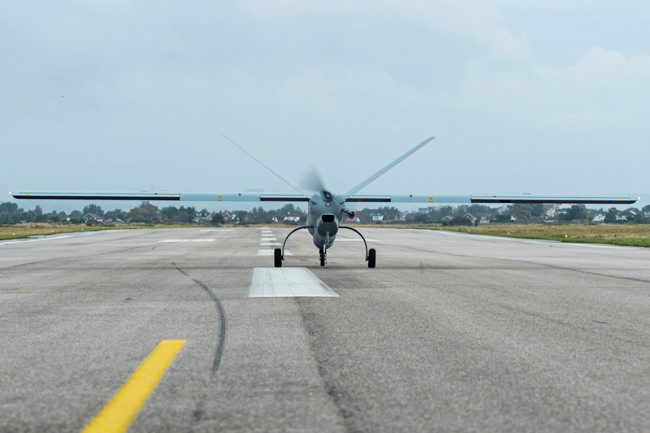
Investigation under way over Watchkeeper crash in Mediterranean

An investigation is under way to determine why a Watchkeeper drone crashed in the Mediterranean Sea last month.
On 29 May, a Watchkeeper Remotely-Piloted Air System landed in the sea off the coast of Cyprus.
An Army spokesperson said the aircraft "has been recovered and an investigation is under way".
The Defence Accident Investigation Branch (DAIB) is investigating the incident.
The Watchkeeper was on a routine training sortie, taking off from Akrotiri. The crash did not result in any injuries to personnel or civilians.
While the Watchkeeper fleet has not been grounded, there is a temporary pause in them flying while the investigation is takes place.
Watch: An exclusive guided tour of the Army's unmanned aircraft.
What is the Watchkeeper?
Watchkeeper is the Army's intelligence, surveillance, target acquisition and reconnaissance (ISTAR) drone, designed to be used in warfighting as well as a wide number of other scenarios.
Able to reach altitudes of up to 16,000ft and stay in the air for up to 14 hours, the tactical unmanned aerial vehicle (UAV) has proved itself an essential asset on the battlefield.
It lets the Army see things up to 200km away and has been used successfully in Afghanistan, where it played a crucial role in protecting British troops.









